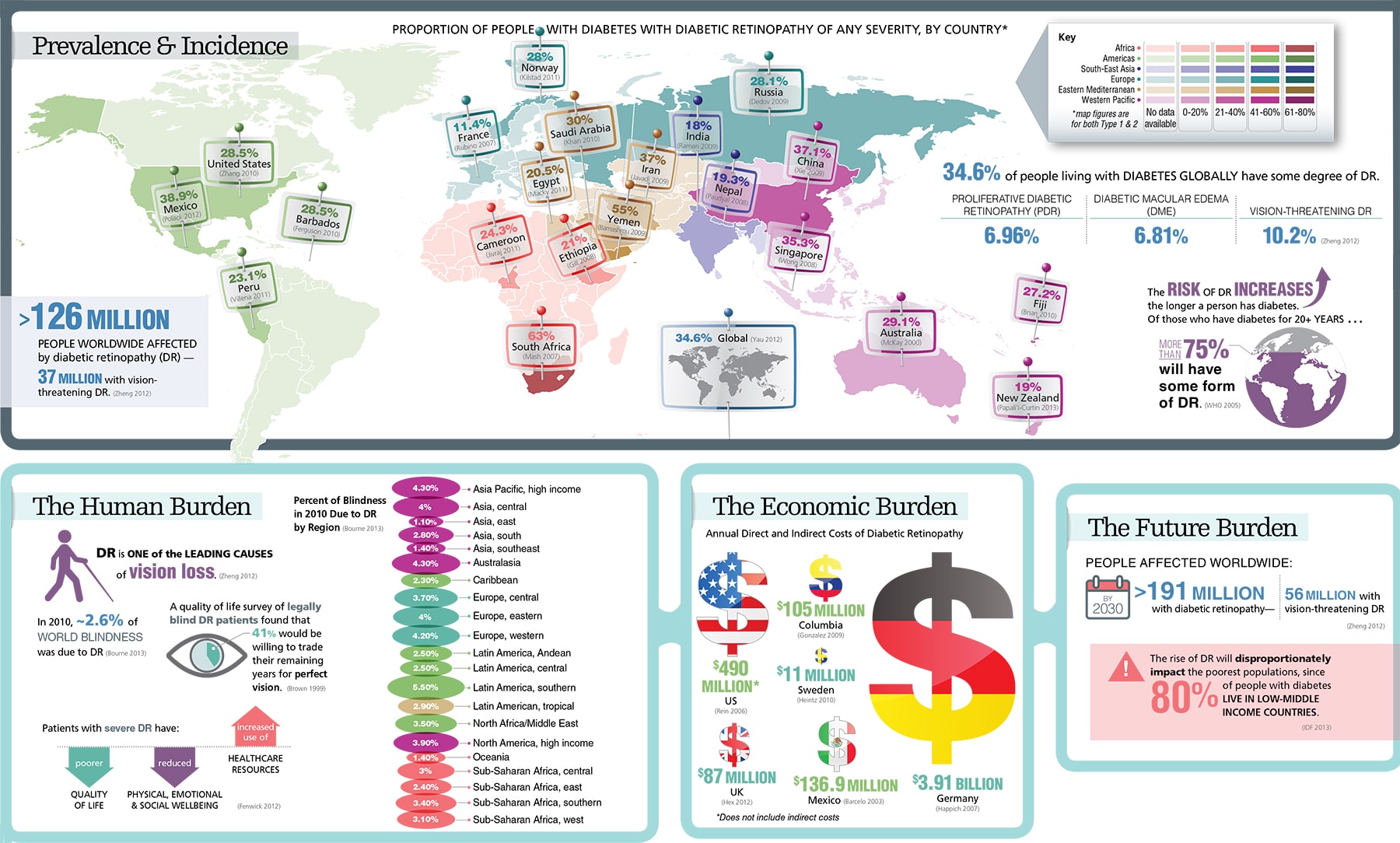A recent report from the American Diabetes Association confirmed that in addition to being a major public health threat, the increasing cost of diabetes is threatening the health of our economy.
Released in January, The Economic Cost of Diabetes in the U.S. in 2007 reports that the cost of diabetes reached $174 billion in 2007—$116 billion in medical expenditures and another $58 billion in reduced national productivity. In reality, this figure may actually be quite low since in addition to the 1.75 million Americans diagnosed with the disease, an estimated 6 million more are thought to have undiagnosed diabetes.
A cost of $174 billion a year is frightening in its own right, but especially daunting when you consider that it’s a 32% increase since 2002. With conservative estimates predicting a 165% increase in diabetes prevalence between 2000 and 2050, it’s not hard to see where costs are heading.
There’s no denying that unless we find a way to slow or reverse these trends, diabetes is going to become an every-greater threat to our nation’s health, and to our economy. Prevention will play a huge role in reducing this burden but innovation will also take center stage. We have already seen advances that have made a huge difference—for example, laser treatments have been found to save up to $1.6 billion a year in prevention and treatment of blindness from diabetic retinopathy. To see more examples of the leading role innovation could play in curbing diabetes spending, visit The Silver Book.






